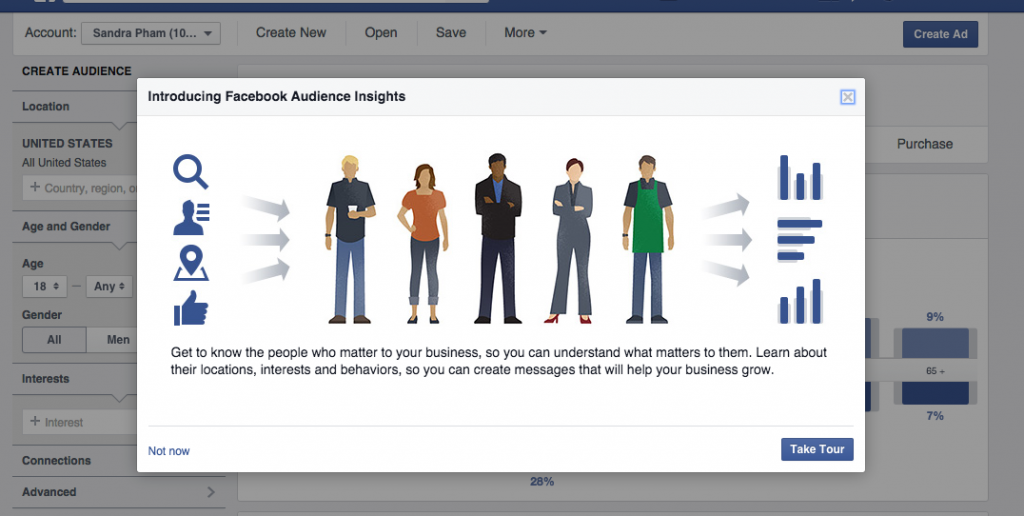According to PhD web psychologist Liraz Margalit, the answer is yes. I came across a rather interesting article on the distinctive cognitive styles of women and men when it comes to searching for and perceiving information on a given website. In a ClickTale study, Margalit used heat-mapping as a way to graphically observe how women and men interacted with a recipe website. What she found was that women interacted (via click) significantly more than men with recommended side-bar recipes as well as top-menu bar categories. Men on the other hand, showed minimal click activity, seemed to focus more narrowly on recipe information, and then left the website immediately after the desired information was acquired. The two cognitive styles highlighted by Margalit’s study are systematic, mission-oriented (male) and empathizing, experience-oriented (female).
What are the implications of different website-user interactive styles on businesses? Well, if you own a yoga studio, it may be valuable to recognize that female students make up a large segment of your market, and therefore, you may wish to adjust your website experience to accommodate for potentially increased browsing behaviour. If you are in the business of selling men’s suits, perhaps your website should consider having fewer sidebar and exploratory tabs to accommodate for the lower likelihood of men lingering on a website if information cannot be efficiently found.
Article: http://www.entrepreneur.com/article/251315
Photo: http://www.dailymail.co.uk/health/article-2313138/Ever-think-halfs-brain-wired-differently-New-research-reveals-youre-right.html




